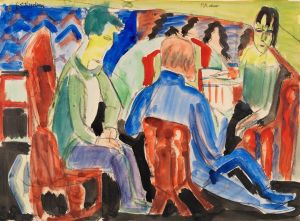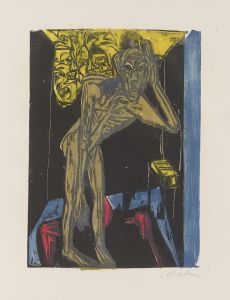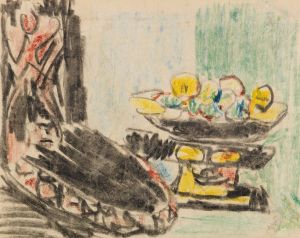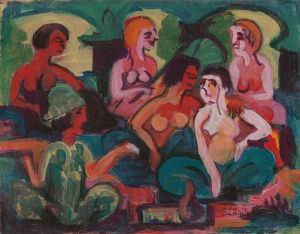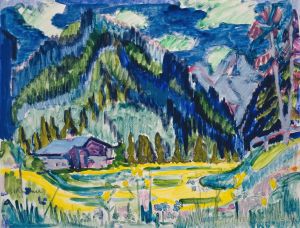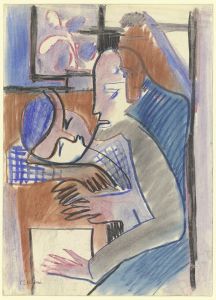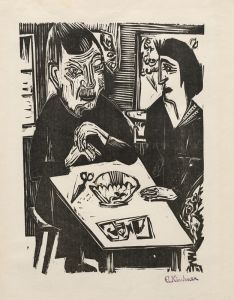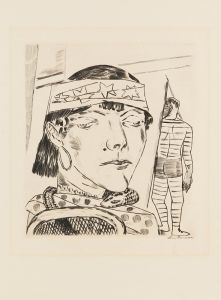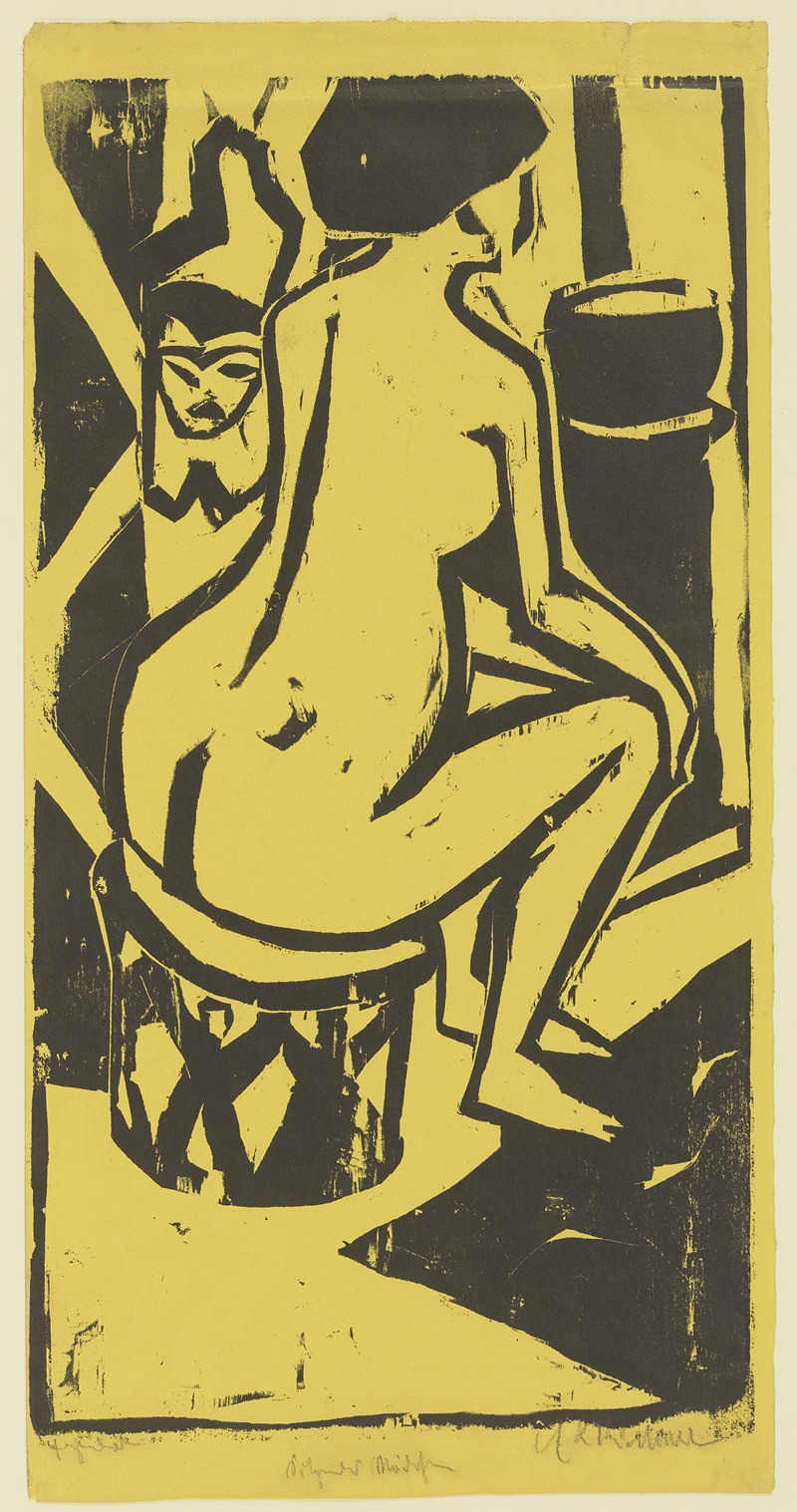
Sitzendes Mädchen
A hand-painted replica of Ernst Ludwig Kirchner’s masterpiece Sitzendes Mädchen, meticulously crafted by professional artists to capture the true essence of the original. Each piece is created with museum-quality canvas and rare mineral pigments, carefully painted by experienced artists with delicate brushstrokes and rich, layered colors to perfectly recreate the texture of the original artwork. Unlike machine-printed reproductions, this hand-painted version brings the painting to life, infused with the artist’s emotions and skill in every stroke. Whether for personal collection or home decoration, it instantly elevates the artistic atmosphere of any space.
"Sitzendes Mädchen" (Seated Girl) is a painting by the German expressionist artist Ernst Ludwig Kirchner, created in 1910. Kirchner was a founding member of the influential art group Die Brücke (The Bridge), which played a pivotal role in the development of Expressionism in the early 20th century. This movement sought to convey emotional experience rather than physical reality, often through bold colors, distorted forms, and dynamic compositions.
The painting "Sitzendes Mädchen" exemplifies Kirchner's expressionist style, characterized by its vivid use of color and energetic brushwork. The subject of the painting is a young girl seated in a relaxed pose, rendered with a sense of immediacy and spontaneity that is typical of Kirchner's work. The figure is depicted with simplified forms and exaggerated features, emphasizing emotional expression over realistic representation. The background is often abstracted, with bold, contrasting colors that enhance the emotional impact of the piece.
Kirchner's choice of subject matter often reflected his interest in the human figure and the exploration of modern life. During the time "Sitzendes Mädchen" was painted, Kirchner and other members of Die Brücke were deeply influenced by the urban environment of Dresden and later Berlin, where they sought to capture the vitality and tensions of contemporary society. The depiction of the seated girl can be seen as part of this broader interest in portraying individuals in moments of introspection or casual repose, offering a glimpse into the private, unguarded moments of everyday life.
The painting also reflects Kirchner's interest in non-Western art forms, which he and his contemporaries saw as a means to break away from traditional European artistic conventions. This influence is evident in the stylized forms and the use of color to convey mood rather than to describe natural appearances. Kirchner's work often incorporated elements from African and Oceanic art, which he admired for their perceived authenticity and emotional directness.
"Sitzendes Mädchen" is part of a larger body of work that Kirchner produced during a particularly prolific period in his career. His paintings from this time are noted for their exploration of the human condition and the complexities of modern life, themes that would continue to resonate throughout his oeuvre. Kirchner's work, including "Sitzendes Mädchen," has been celebrated for its innovative approach to form and color, and its ability to convey deep emotional truths.
Today, Kirchner is regarded as one of the leading figures of German Expressionism, and his works are held in major collections around the world. "Sitzendes Mädchen" remains an important example of his artistic vision and continues to be studied for its contribution to the development of modern art. The painting not only reflects Kirchner's personal style but also embodies the broader cultural and artistic movements of the early 20th century, making it a significant piece in the history of art.





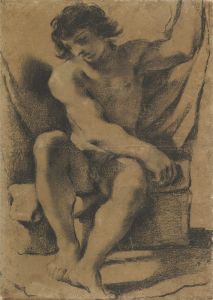
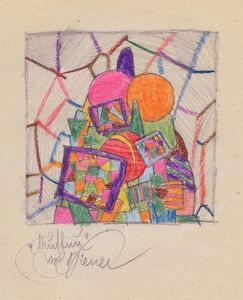
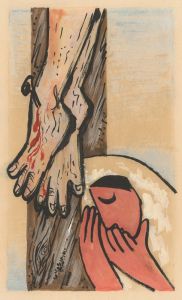
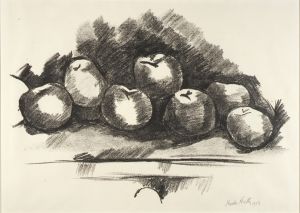
![Designs for theater with black-framed proscenium and boldly colored settings.] [Study for stage light wall decoration, possibly for Caf ̌Crillon ……](/imgs/249421/s/winold-reiss-designs-for-theater-with-blackframed-proscenium-and-boldly-colored-settings-study-for-stage-light-wall-decoration-possibly-for-caf-crillon--2b2d7011.jpg)

